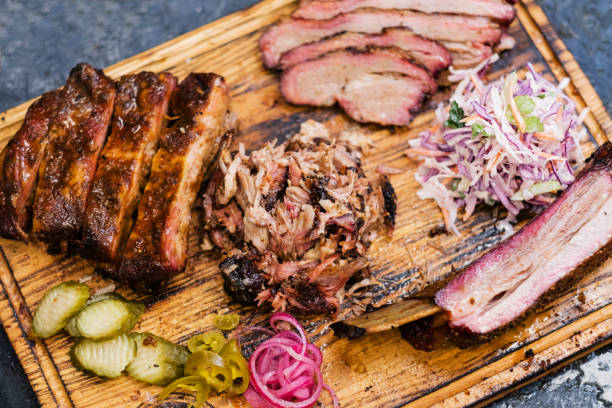Respect germs that survive on your food
Why some foods need careful handling. Animal-sourced products (dairy, meats) as well as numerous liquids, baked goods, and also other items at area temperature level are great surface areas for growing bacteria, viruses, and also parasites. With no extreme warmth or chilly to decrease mobile division, these micro-organisms grow, and some are unsafe for people.
Sources of a food-borne illness. Gastrointestinal disorder is any kind of food-bourne disease, brought on by unsafe microbial contaminants in raw foods as well as their juices. You may not have signs, yet many individuals experience throwing up, stomach pains, or nausea within hours or days after consuming the very same polluted food. Many people recover entirely, yet in some cases results linger or lead to additional ailment. Individuals with a damaged immune system – such as diabetics, older grownups, and also children under 5 are at raised risk. Usage treatment when preparing and also storing foods for yourself and others.
Instances of risks related to the immune system. For diabetics, any kind of unforeseen ailment may disrupt blood sugar degrees. Attempt to prevent unneeded influences when feasible. Exact same goes with older grownups – high quality of food is paramount. Despite age and health status, stagnant as well as improperly-stored food is merely less tasty and might pose health dangers.
Easy practices to enhance health
Lessen threats while shopping. To maintain the most effective flavour as well as security while buying, pick up chilled as well as frozen products last, and put them away initially when you get house. Maintain cold things divided from warmer things in your cart. Prevent bruised vegetables and fruits. Microorganisms grow on damp nutrient-rich surfaces.
Concentrate on day and temperature level. Discard any type of disposable food that is past the “Best By” date noted on its bundle. Ensure your refrigerator temperature is 4 ° C (40 ° F) or below, and also freezer is -18 ° C (0 ° F) or chillier. While you’re at the fridge, make certain at risk damp and meaty/dairy foods don’t contaminate other refrigerator materials by storing each thing in a container. Tidy containers with hot soapy water before re-use.
Preference and also nutritional high quality modifications with time. As food at area temperature is eaten for energy by micro-organisms, the continuing to be food product is transformed. It may be left fragile as well as wet. This procedure of usage and also waste production typically triggers a change in preference and also scent.
Worry on your own with safety and security over appearance. Odors, wounding, and also preference are not trusted indications of food security. Stick to suggested storage approaches and also times uploaded by trusted health and wellness companies, and don’t rely upon colloquial guidelines not based upon food truths. Shop vulnerable items in the rear of the fridge where it’s chilliest, not in the door, as well as location products that might trickle (such as meats and also sliced up fruit) at the bottom, where polluted liquids can’t trickle onto other food.
Understand different viewpoints. Outside the united state and Canada, milk is pasteurized with a higher-temperature procedure, so milk lasts longer, and without refrigeration. Milk storage space times are much shorter in the united state and Canada.








